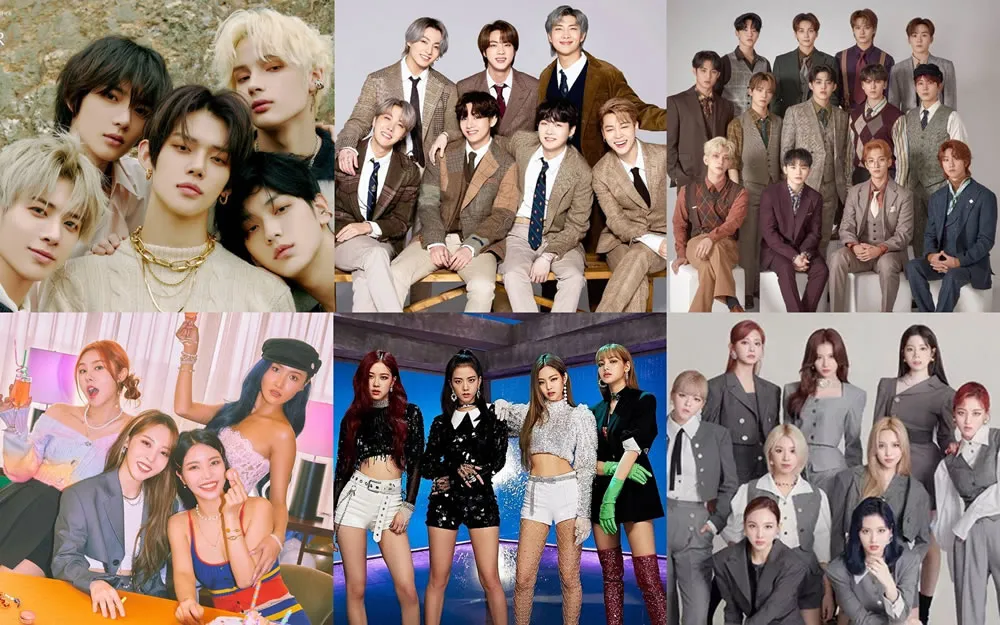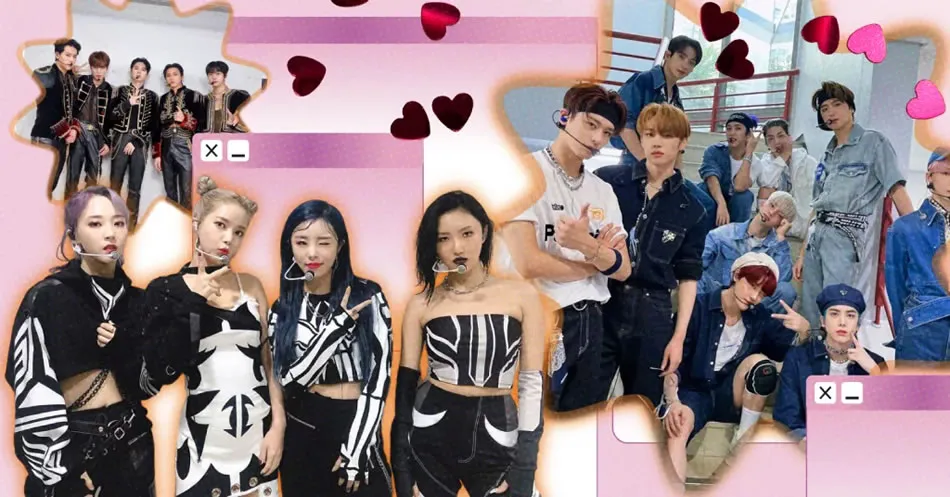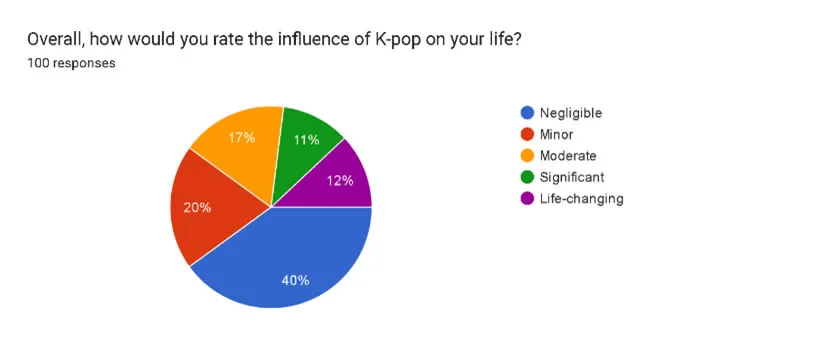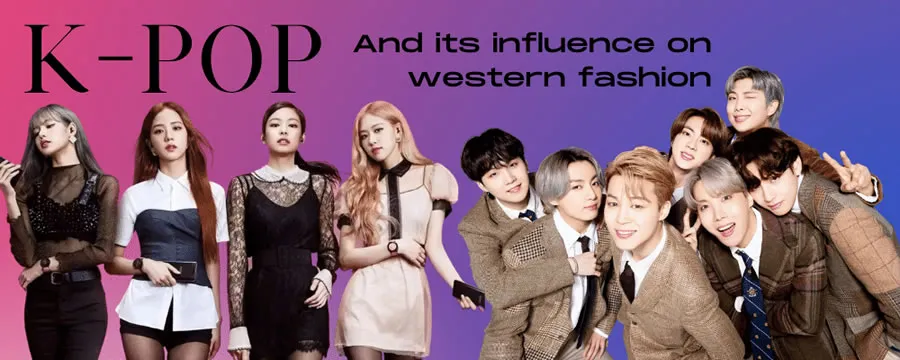From BTS's and BLACKPINK's success to high hopes rising stars like Stray Kids, ATEEZ, and NewJeans, Korean bands surpass merely entertaining musical trends; they also transform how American audiences consume, experience, and engage with music.

Musical Influence and Genre Evolution
Generally, Korean bands include a variety of such genres pop, hip-hop, EDM, and R&B. It is energetic and dynamic with perfect choreography and very visually appealing music videos. It has an international, experimental sound with a touch of sheen that would appeal to varied U.S. audiences sick and tired of the mundaneness of mainstream formulas.
● BTS introduced millions of Americans to Korean language lyrics and culture while collaborating with artists like Halsey, Coldplay, and Megan Thee Stallion.
● BLACKPINK’s music bridges Western pop with Korean flair, gaining them headliner spots at Coachella and chart-topping releases in the U.S.
● Bands like Day6 and The Rose focus more on rock and alternative music, offering U.S. fans authentic band performances beyond choreography-driven acts.
Their success has encouraged American producers and artists to explore new genres and experiment with storytelling and aesthetics in fresh ways.

A Digital Fan Culture Like No Other
K-pop fandoms, from ARMY of BTS fame through to BLINK of BLACKPINK, are organized, passionate, and immensely powerful. They carry out donation campaigns, reach chart goals, translate contents, and advertise their favorite artists using marketing strategies that can rival the major labels. Just as online communities ensure safety and legitimacy in other fields like private Toto site verification (사설 토토사이트 검증), such fan groups control their own information and ensure transparency in their own circles while debunking rumors.
Social media plays a massive role:
● Twitter trends are often dominated by Korean music fandoms during comebacks or anniversaries.
● TikTok challenges and dance covers help K-pop songs go viral, often before official U.S. promotion begins.
● YouTube and V Live offer real-time access to idols' lives, strengthening the emotional connection between artists and fans.
This deep interaction has redefined what “fan engagement” means, forcing Western artists and labels to rethink their strategies.

Live Performances and Economic Power
Korean bands now fill stadiums in New York, Los Angeles, Chicago, and beyond. BTS, for instance, sold out SoFi Stadium in minutes—something that only legacy artists like U2 or Taylor Swift have done.
Beyond concerts, Korean music bands are contributing to the U.S. economy through:
● Merchandise sales
● Streaming revenue
● Brand collaborations with companies like McDonald’s, Samsung, and Nike
Their influence has reached fashion, beauty, and even tech—signaling a cultural shift where Korean artists are shaping more than just music trends.

Long-Term Impact on U.S. Industry
The long-term effect of Korean music bands on the U.S. industry includes:
● Globalization of mainstream music: Korean acts prove that music doesn’t need to be in English to succeed in the U.S.
● Diversified representation: Korean artists have created a stronger demand for Asian representation across media.
● Fan-driven marketing: K-pop fandoms are setting new standards for promotional strategies, emphasizing authenticity, direct communication, and mutual respect.
Just as most fanbases relies on trusted communities and sometimes a Korea VPN to evaluate and ensure reliability, U.S. listeners increasingly turn to global fan communities for trusted music recommendations and cultural context.
Final Thoughts
With Korean music bands now co-authoring the future of the U.S. music scene instead of visiting guests, they have played a great role in revamping the music with appreciation of mixing culture, sound, and narratives to ensure diversity and innovation.
Korean music is not a wave; it is a new world; be it an old follower of the movement or someone who just stepped in-the-one thing that is clear with the new music is that the fans are leading the way as much as the artists do.



















